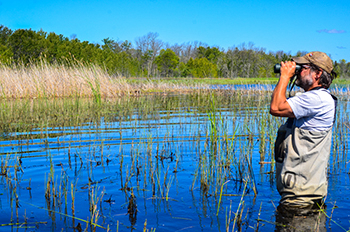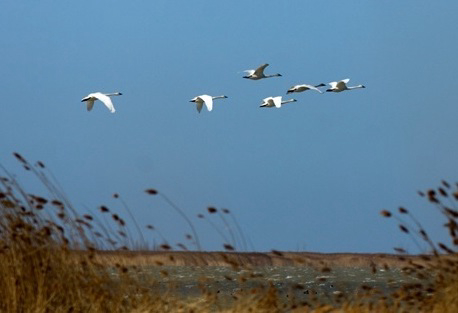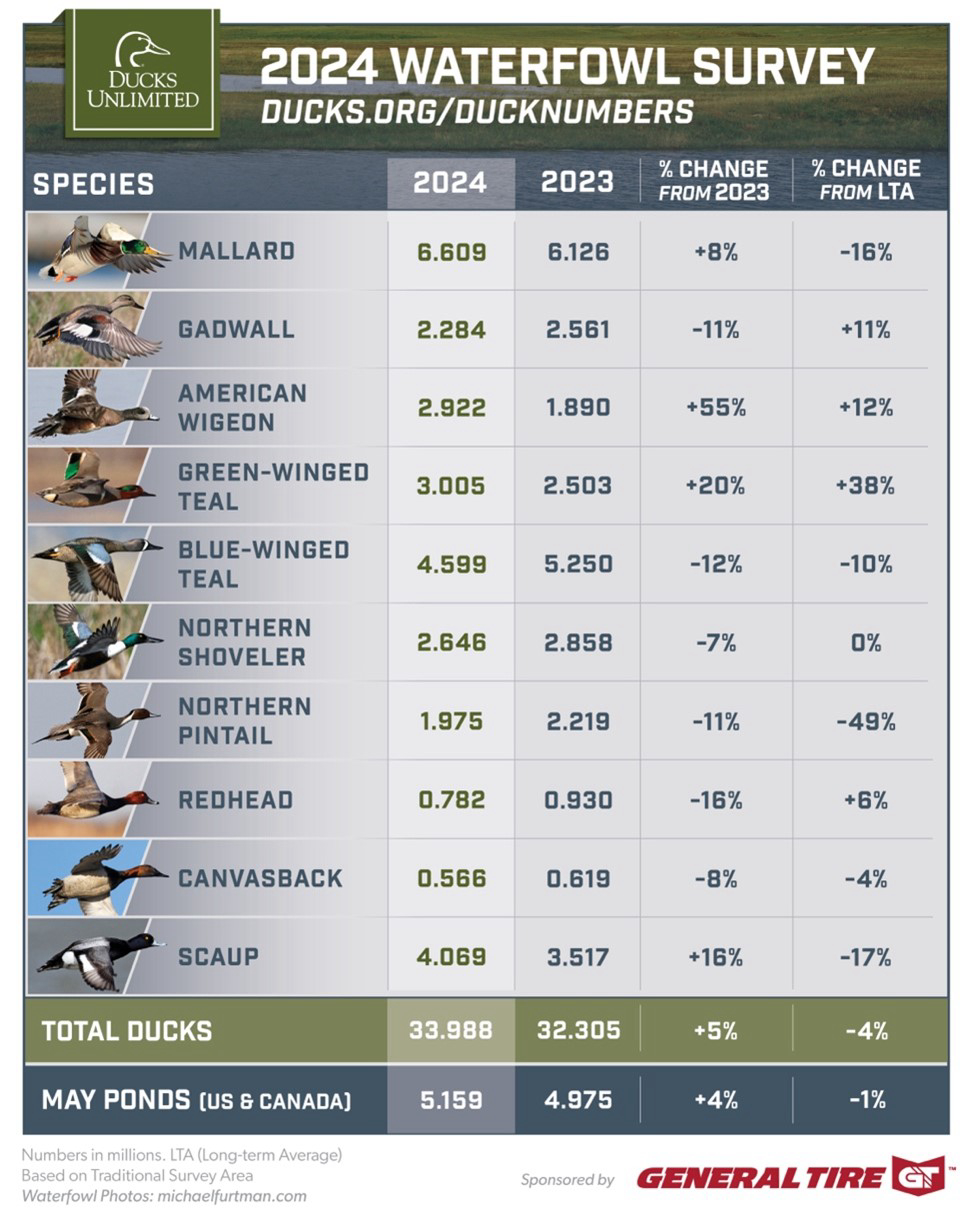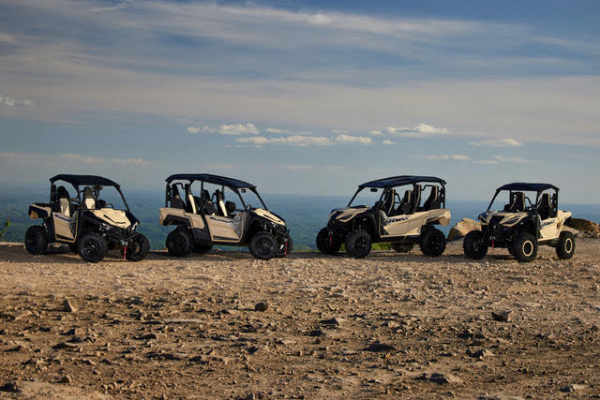DNR Announces Spring Birding Tour at the Portage Marsh in Delta County

In the weeks ahead, ducks, mergansers, herons, terns, gulls and more will fly through Portage Marsh State Wildlife Area in Escanaba – one of Michigan’s premier Wetland Wonders and an Audubon Important Bird Area – as they migrate north back to their breeding grounds.
Join the Michigan Department of Natural Resources and partners from Common Coast Research and Conservation and the Laughing Whitefish Bird Alliance for a guided birding tour along the coastal wetlands of the state wildlife area.
The event will be held from 9 a.m. to noon, Saturday, May 17. The meeting place will be at the Portage Marsh State Wildlife Area, at the dead end of Portage Point 11.4 Lane (Lat: 45.706675, Long: -87.079639).
All ages are welcome and encouraged to attend.
On the shores of Lake Michigan, Portage Marsh includes a long narrow peninsula near downtown Escanaba that provides a protected area for wetland wildlife. A hiking trail runs along the peninsula for hikers, hunters and bird watchers. Each spring, Portage Marsh hosts over 200 bird species, and is an eBird hotspot.
Experts will lead the tour along a 1-mile loop trail, which includes 0.6 miles of unpaved trails along a historic dike system, and a 0.4-mile beach walk along Lake Michigan.
Portable restrooms, picnic tables, and trash receptacles will be available.
How to prepare:
Please bring your own binoculars or a spotting scope if you have them. Some binoculars will be available to borrow.
Dress for the weather and wear sturdy shoes as we will be walking along unpaved trails with uneven ground. Please be aware that the trail system is not ADA accessible.
We highly encourage participants to download one or more of the following smart phone apps: eBird, iNaturalist, Merlin Bird ID, Audubon Bird Guide.
This event is presented in partnership with MI Birds, a public outreach and education program created by Audubon Great Lakes and the Michigan DNR.
MI Birds aims to deepen all Michiganders’ engagement in the understanding, care and stewardship of public lands that are important for birds and local communities.






